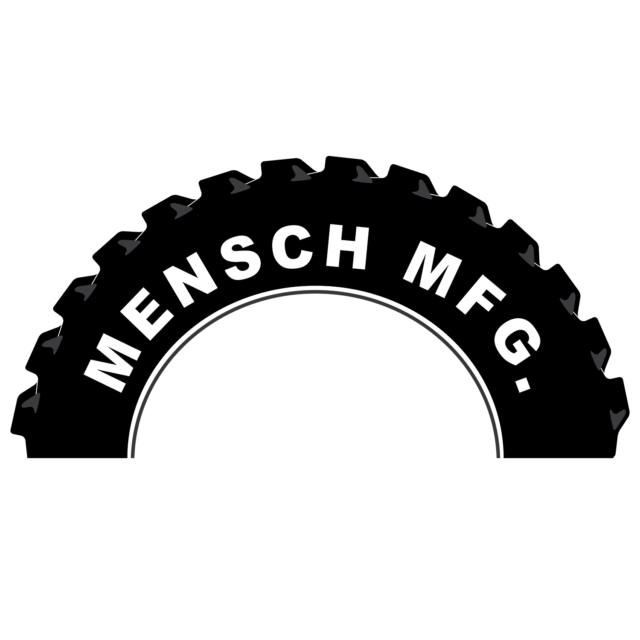California, as the country’s largest dairy state, likes its cows. But it’s also trying to clean up its air quality. So it’s asked dairymen to pitch in. Could the rest of the country someday request the same? In an effort to improve air quality, the San Joaquin Valley Air Pollution Control District amended Rule 4570 that applies to livestock owners in the central region of the state several years ago.
Volatile organic compounds (VOC) from silage piles are contributors to unhealthy air, the district determined in 2006. The district adopted recent amendments that now require dairymen to implement practices that reduce these “smog-forming” emissions from silage.
“There’s a whole list of strategies dairymen can do to comply with the rule,” said Michael Marsh, executive director of Western United Dairymen .
For starters, they have to fill out a permit application form with the air district, listing the measures they plan to implement.
The regulation is for dairies with 500 milk cows or more, said Jennifer Heguy, a dairy farm adviser for University of California Cooperative Extension . “Only dairies in counties under the jurisdiction of the San Joaquin Valley Air Pollution Control District are affected by Rule 4570,” she said. “Basically, San Joaquin County through Kern County.
“Using inoculates isn’t mandatory; it’s one of the options you can choose,” Heguy continued, referring to the application form.
Rule 4570 has been amended several times since it was adopted in June 2006. Initial regulations focused on housing and manure management systems of dairy operations with 1,000 cows or more. Amendments in October 2010 and April 2011 lowered threshold limits to apply to medium-sized dairies of 500 cows or more, targeting more than 90 percent of dairies in the air district.
Dairies had until April 2012 to come into compliance with the new changes.
So far, experts say dairymen have stepped up to the plate.
Air board members praise dairymen for their efforts and say that the rule could be food for thought in other areas of the country.
“We have invested quite of bit of time, energy and money doing the science behind this,” said Marsh, noting that his office offers education on the rule and the strategies dairymen can apply in their dairies. “As a result of that, we’ve discovered that the biggest source of VOC emissions on dairies was coming from silage. Mitigation measures were developed, and continue to be developed, to see what can be done to reduce VOC emissions in feed.”
Implementing some of the measures, depending on the livestock operation, might cause some dairymen to reach into their pocketbooks, while other changes shouldn’t cost anything but time.
Keeping silage covered helps reduce VOC emissions, Marsh said. So does minimizing face exposure – “keeping it very closely trimmed” – and regularly pushing feed up to cows so they consume all of it.
“There’s basically a whole list of activities dairymen can engage in to mitigate those emissions,” he said, referring to the permit form.
Could a similar rule eventually be implemented in other states? It could, Marsh said, but he personally hopes it won’t be.
“The reason I say that,” he said, “is because, in some cases, it’s an additional cost, it’s an additional burden to dairymen. And it’s already crimped by nonexistent margins … No one else on the planet but dairy producers is engaged in such environmental mitigation rigors as we are in this state. I would hope never to wish that on anybody else.”
Even so, other Golden State counties are starting to notice San Joaquin, he said, looking to its air board as a model for regulating livestock operations.
Valley dairymen, for the most part, however, have taken the regulations in stride.
“They’ve been very, very good at complying,” Marsh said. PD
To view the San Joaquin Valley Air Pollution Control District permit application form for livestock operations and required mitigation options. Click here to view in PDF form.
Weeks is a freelance writer based in Twin Falls, Idaho.






